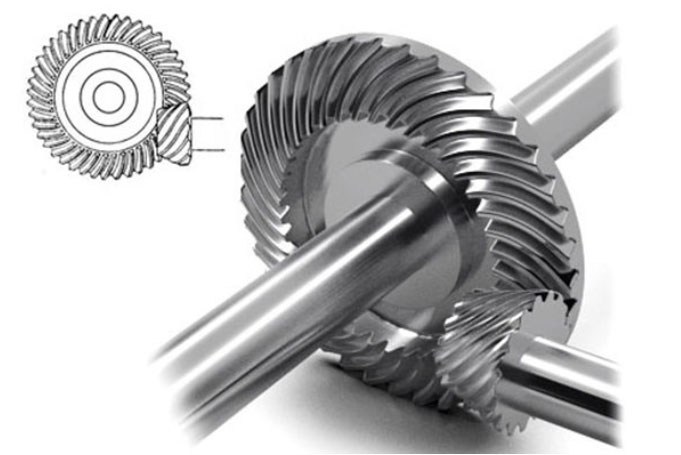The future of hypoid gear technology is poised for exciting innovations and trends that will further enhance their performance, efficiency, and applicability. Here are some key areas that are expected to shape the future of hypoid gear technology:

- Material Advancements: Continued advancements in materials science will lead to the development of new alloys and composites with improved strength, durability, and wear resistance. These materials will allow for the production of lighter, more efficient hypoid gears that can withstand higher loads and operate in more demanding conditions.
- Advanced Manufacturing Techniques: Rapid advancements in manufacturing technologies, such as additive manufacturing (3D printing), advanced machining processes, and precision forging, will enable the production of complex hypoid gear geometries with higher accuracy and efficiency. These techniques will offer greater design flexibility, reduced production lead times, and improved cost-effectiveness.
- Simulation and Optimization Tools: The use of advanced simulation and optimization tools will become more prevalent in hypoid gear design and analysis. Computer-aided engineering (CAE) software will allow for more comprehensive modeling and analysis of gear performance, enabling engineers to optimize gear designs for specific applications and performance requirements.
- Digitalization and Industry 4.0: The integration of hypoid gear systems into the broader concept of Industry 4.0 will enable enhanced monitoring, diagnostics, and predictive maintenance capabilities. Real-time data collection, analysis, and remote monitoring will optimize gear performance, improve reliability, and minimize downtime.
- Noise Reduction and Vibration Control: Further advancements in noise reduction and vibration control techniques will be a key focus area. This includes the development of advanced surface treatments, optimized tooth profiles, and innovative damping technologies to minimize noise and improve overall gear performance.
- Eco-Friendly and Sustainable Solutions: With a growing emphasis on sustainability, the future of hypoid gear technology will likely see the development of eco-friendly lubricants, surface coatings, and manufacturing processes. These advancements will contribute to reduced environmental impact and improved energy efficiency.
- Integration with Electrification and Hybrid Systems: As the automotive industry shifts towards electrification and hybridization, hypoid gear technology will need to adapt to these changing powertrain configurations. This may involve developing hypoid gears for electric vehicle applications, optimizing gear ratios for hybrid systems, and integrating gear systems with electric motor technologies.
- Application Diversification: Hypoid gears will find new applications beyond traditional automotive and industrial sectors. As emerging technologies like robotics, renewable energy, and aerospace continue to evolve, hypoid gears may play a vital role in these domains, driving advancements in their design, manufacturing, and performance.
It is important to note that the future of hypoid gear technology will be shaped by ongoing research, collaboration between industry and academia, and evolving market demands. The pursuit of higher efficiency, reduced noise, improved durability, and enhanced sustainability will continue to drive innovations and shape the future landscape of hypoid gear technology.
